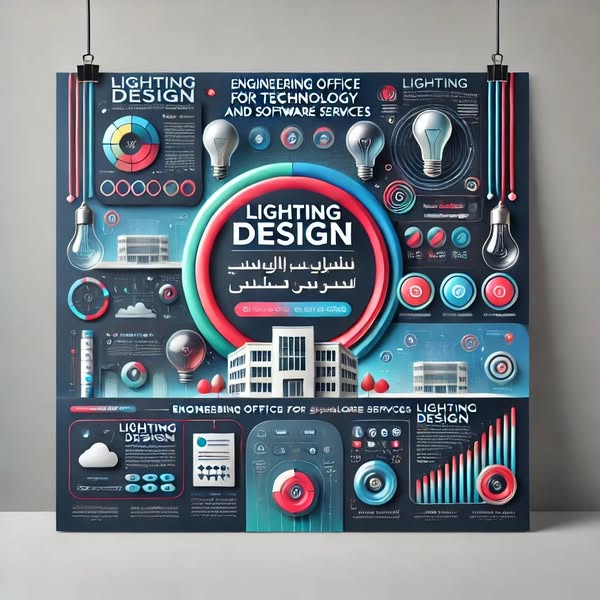
About Course
💡 Lighting Design for Buildings and Spaces
Course Code: 3014-ARC
Duration: 6 Weeks (18 Hours)
Level: Beginner to Intermediate
Format: Live Sessions + Hands-on Projects + Software Simulation
📘 Introduction
Lighting is a crucial element in architectural design. It shapes perception, influences mood, and affects how we interact with spaces. This course provides a comprehensive foundation in both natural and artificial lighting design, covering technical, aesthetic, and environmental aspects.
📝 Course Description
This course is designed to equip architects, interior designers, and design students with the fundamental knowledge and practical tools required to create effective lighting designs for both interior and exterior environments. Through a balanced blend of theory, simulation, and real-world case studies, participants will explore how lighting affects space perception, user comfort, aesthetics, and energy efficiency. The course also introduces key digital tools like DIALux and Relux for visualizing and evaluating lighting performance.
Participants will engage in weekly assignments and end the course with a comprehensive lighting design project that demonstrates both conceptual and technical mastery.
🎯 Objectives
-
Understand the role of lighting in architectural spaces.
-
Learn to balance aesthetics, function, and energy efficiency.
-
Master lighting simulation software and smart lighting technologies.
-
Develop the skills to create professional lighting design presentations.
🗂️ Course Structure & Weekly Breakdown
Module 1: Introduction to Lighting Design
-
Importance of lighting in architecture
-
Impact of light on mood and spatial quality
-
Natural vs. artificial lighting
-
Lighting and energy efficiency
Module 2: Lighting Fundamentals
-
Light intensity, color temperature, distribution, and shadows
-
Light sources: LED, Halogen, Fluorescent
-
Visual perception and color temperature
-
Light measurement units (Lumen, Lux, Candela)
Module 3: Lighting Design Strategies
-
Functional vs. decorative lighting
-
Direct, indirect, ambient, and accent lighting
-
Dynamic lighting systems and smart control
-
Integrating lighting into spatial design
Module 4: Application of Lighting Design
-
Interior lighting: homes, offices, retail
-
Exterior lighting: façades, landscapes, streets
-
Public spaces: museums, theaters, exhibitions
-
Event and special-use lighting design
Module 5: Lighting Design Tools & Techniques
-
Software: DIALux, Relux, AutoCAD Lighting
-
3D visualization and light simulation
-
Luminaire selection and installation techniques
-
Energy-saving strategies in lighting design
Module 6: Capstone Projects
-
Living room or office lighting project
-
Outdoor/landscape lighting for building façade
-
Project analysis and review
-
Final presentation and feedback session
👥 Target Audience
-
Architects and interior designers
-
Architecture and engineering students
-
Lighting enthusiasts and environmental designers
📚 What You Will Learn
-
Lighting theory and terminology
-
Visual and technical lighting design principles
-
How to simulate and present lighting concepts
-
Practical knowledge of lighting software and energy efficiency
📦 Materials Included
-
Video recordings of all sessions
-
Practice files and lighting templates
-
Software setup guides and simulation walkthroughs
-
Project brief templates and presentation formats
✅ Learning Outcomes
-
Analyze lighting needs for different spaces
-
Design comprehensive lighting schemes for interior and exterior applications
-
Apply sustainability principles to lighting design
-
Communicate design ideas through professional lighting presentations
🕒 Time Frame
-
Total Duration: 6 Weeks
-
Class Hours: 3 hours/week
-
Format: Live virtual sessions + Recorded content + Weekly assignments
-
Final Project Presentation: Week 6
Course Content
Student Ratings & Reviews



